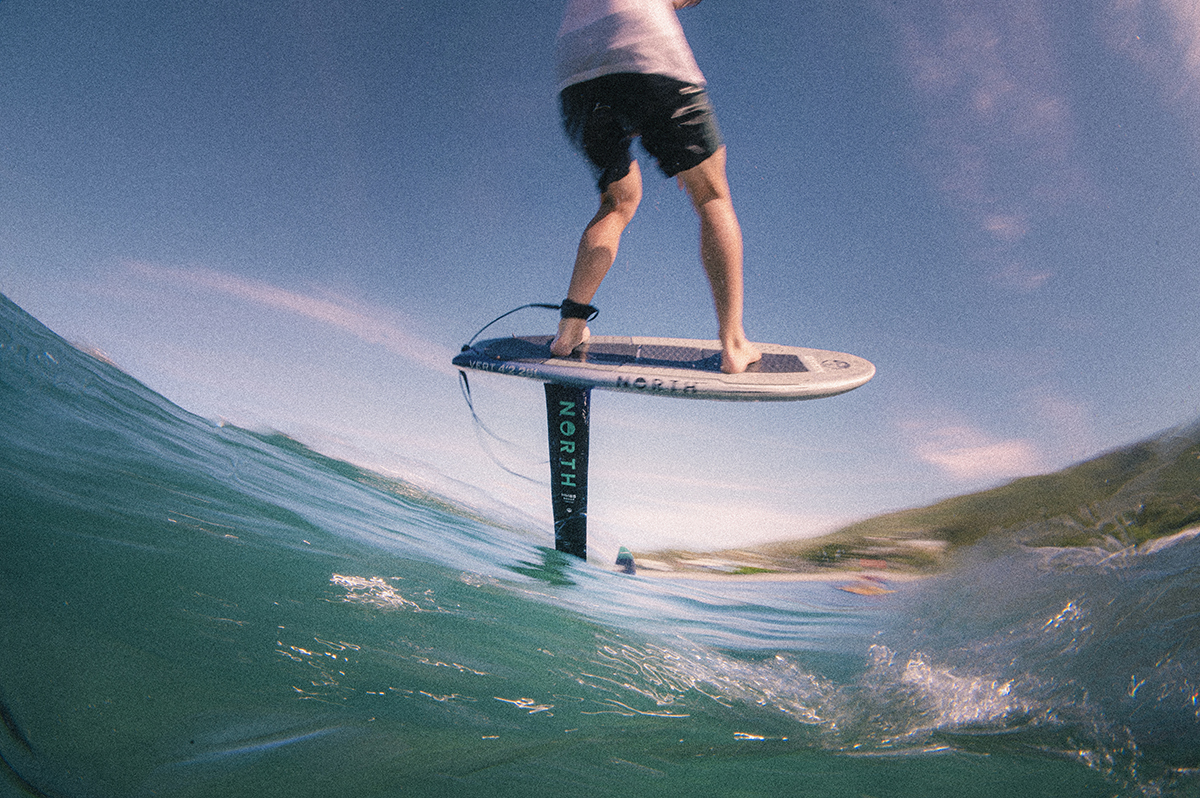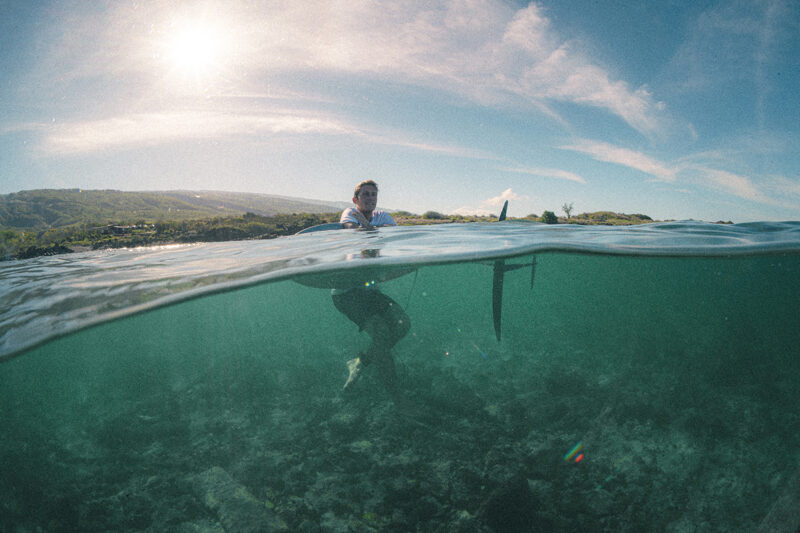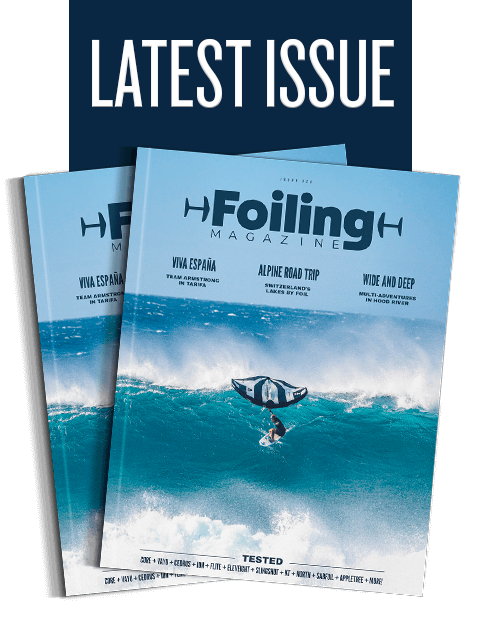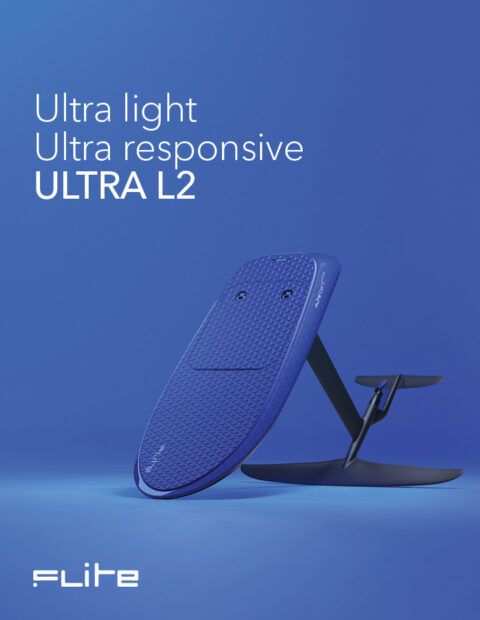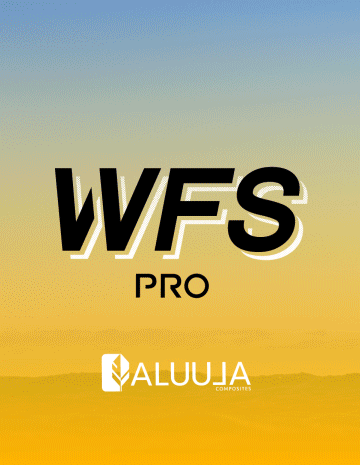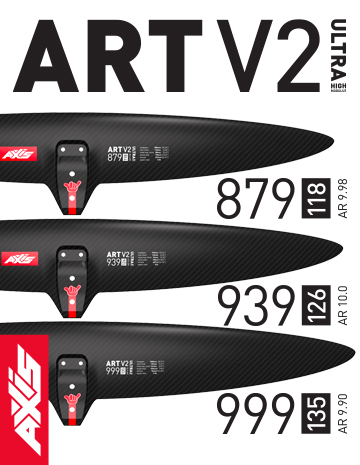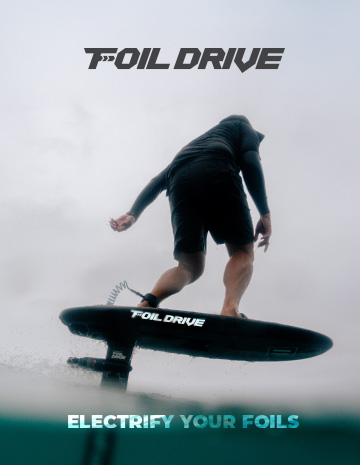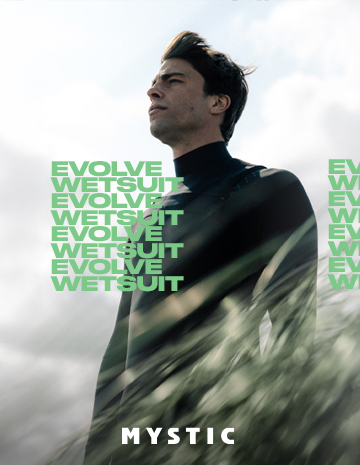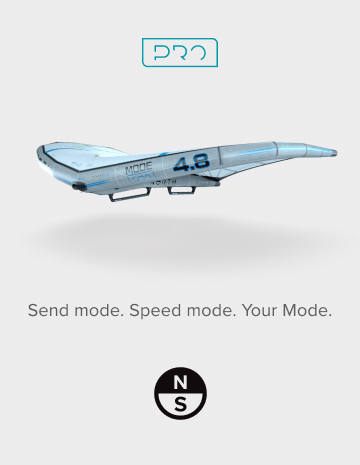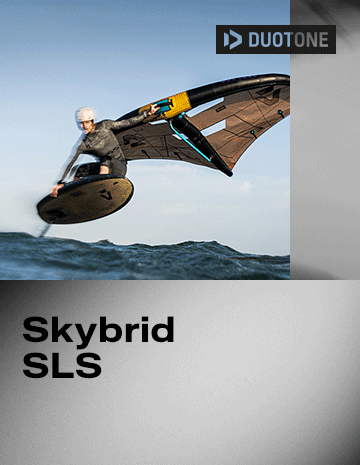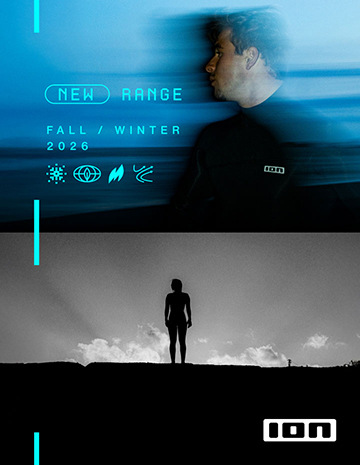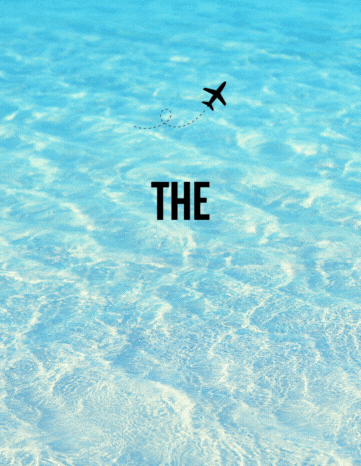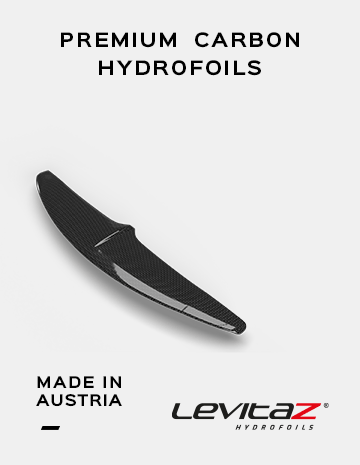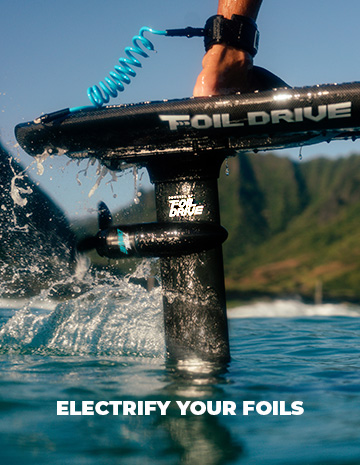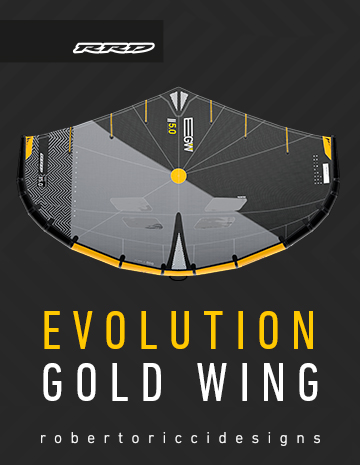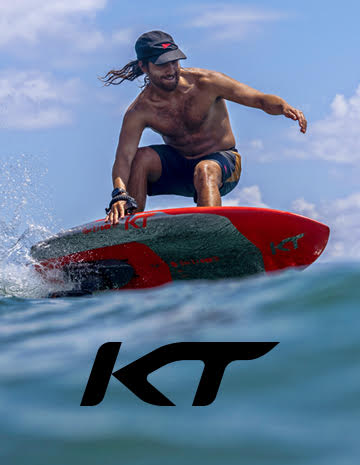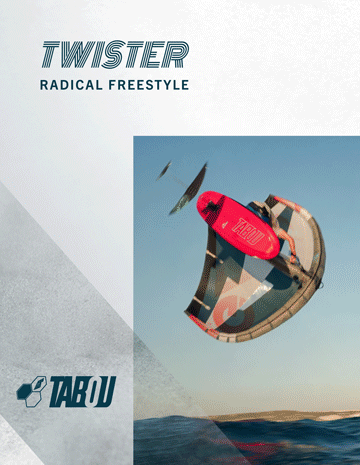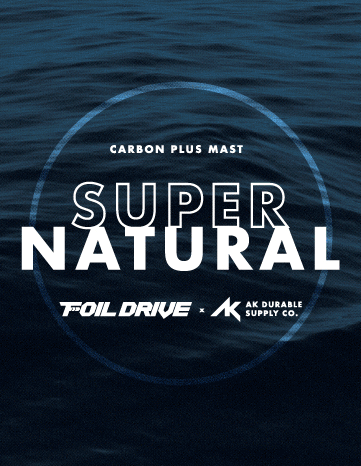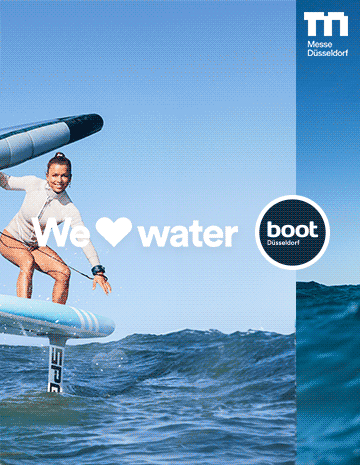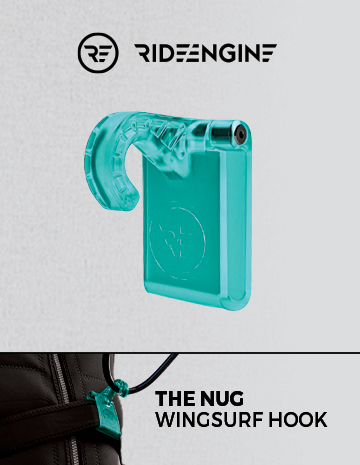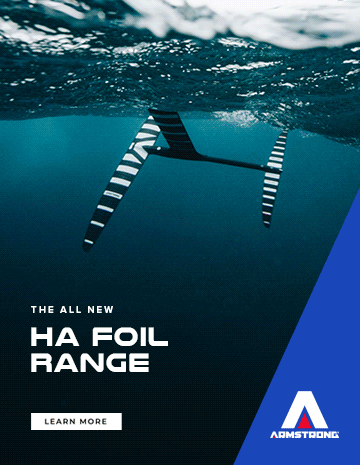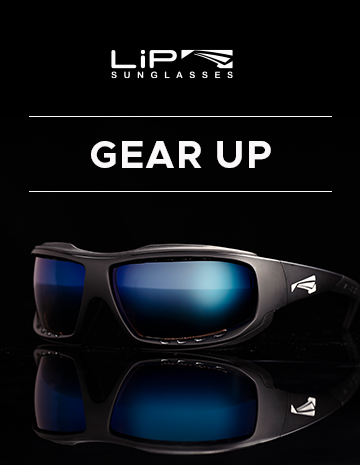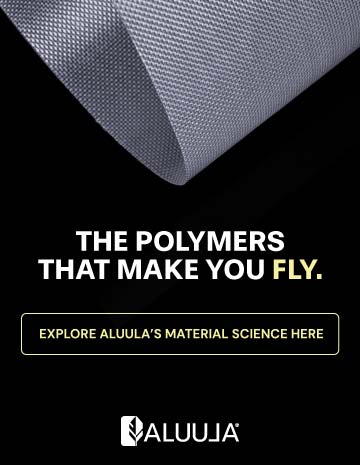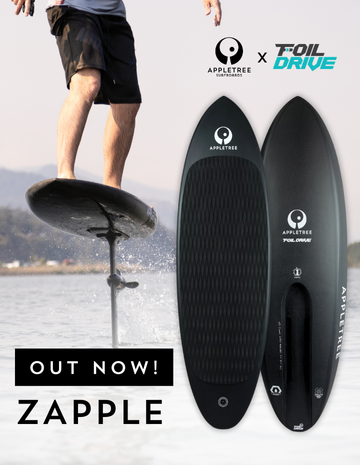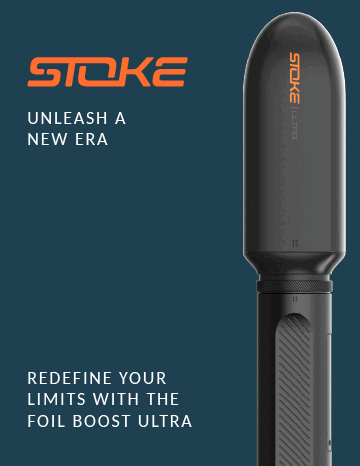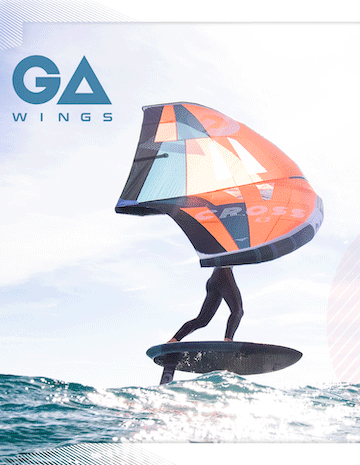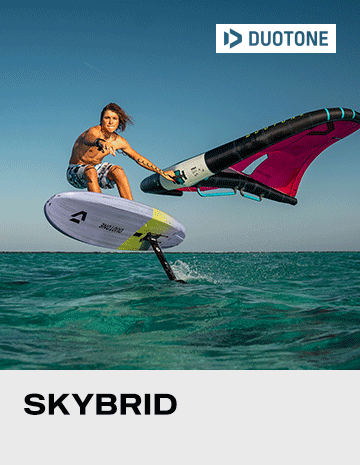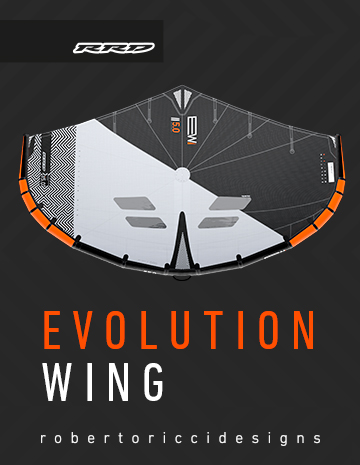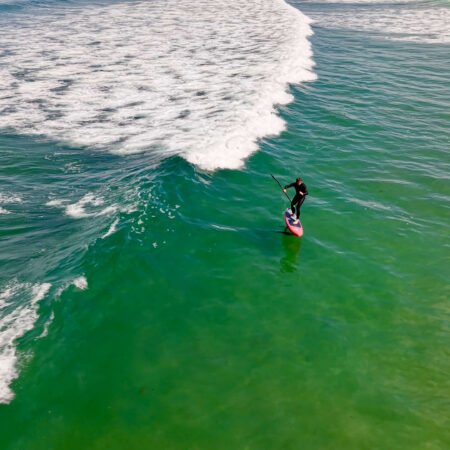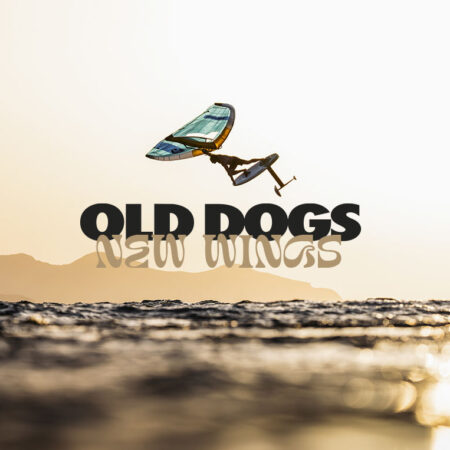State of Play: Surf foiling and the Connection with Nature
Any “new” form of wave riding that shows up in the line-up is bound to raise a few eyebrows – and, I’d argue more often than not, meet a fair bit of skepticism or even outright disdain from whoever the mainstream crowd happens to be out there. On occasion that reaction might be justified. More often though, it’s not. But as Noé Cantaloube argues in this piece, when it comes to surf foiling, it’s worth looking a little deeper – and maybe even giving it a go – before jumping to conclusions.
Words: Noé Cantaloube | Photos: Antoine Veillard
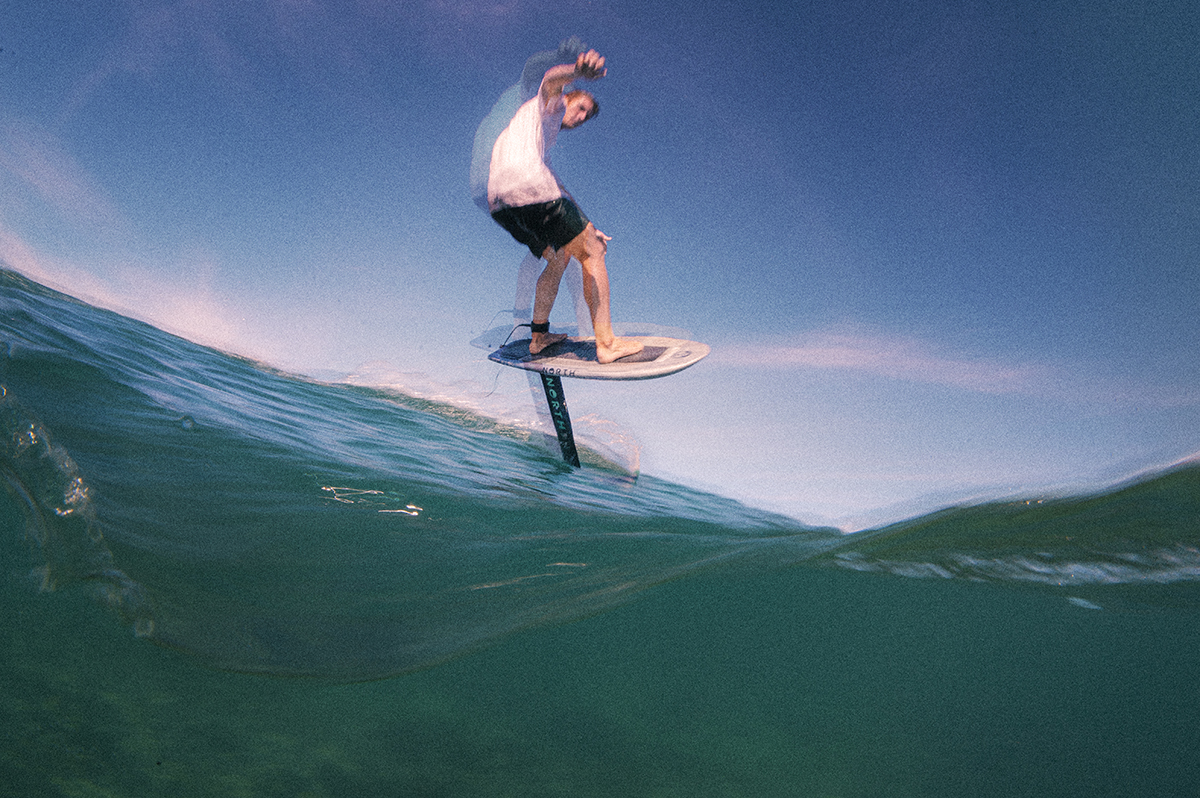
Over the past few years, I’ve received a fair share of criticism from the surf community. Nothing new there, the first thing people usually say is that foiling is dangerous. And I get it, I respect that point of view, especially because I’ve injured myself several times, sometimes seriously, while riding at a high level. The risk is real.
But that’s not what drives me to write these words. What bothers me more is the second critique I often hear: “Foiling doesn’t look good, and it’s not connected to nature.” I grew up surfing. Foiling came later. And yet, I’m convinced that foiling connects me even more deeply to the ocean. Those who claim otherwise, in my opinion, simply haven’t really tried it. It’s a perception you might have from the outside, but I’m going to explain why I disagree.
TIME SPENT IN THE WATER
First, let’s talk about time. In surfing, let’s be honest, you spend 90% of your session paddling, waiting, repositioning. And yeah, that’s part of the game, it’s not a problem, it’s even part of the fun. But foiling? It’s a whole different vibe. Once you’ve got the level, maybe only 30% of your time is actually in the water. The rest, you’re flying. You’re gliding, carving, pumping. It’s a constant dance with the energy of the waves, the wind, the swell. And then people talk to me about “connection” in the foam or in the critical zone… but honestly, I have to ask: is getting smashed in a heavy shorebreak really what it means to be “connected” to the ocean? At Nazaré, when a big set hits you, there’s zero control. You’re just a feather in a storm. You hold your breath, you hang on but you’re not in communion. You’re in chaos. You’re in survival mode.
Real connection, in my opinion, happens when you feel the elements, when you flow with them. Not when you’re just getting worked by them.
PUMPING
Pumping is probably the most visually disturbing part for surfers. It’s still a new movement, not instinctive for everyone. But if you watch the pros or the younger generation growing up with a foil, you’ll see that pumping can become fluid, natural, almost musical. A good pump has a rhythm, like a beat you could sync with music. There shouldn’t be any wasted motion. Every move is about saving energy. And it’s exactly at that moment that the connection with nature becomes deeper.
To make pumping efficient, every decision needs to be anticipated. You have to read the wave, understand its power, choose your line before even taking off. Your vision becomes essential. You need to avoid whitewater, exit the wave with enough speed to stay flying. Every detail counts. You don’t exit a wave by accident. Every line is intentional. Every transition becomes a balancing act with the forces of the ocean. You become one with the spot.
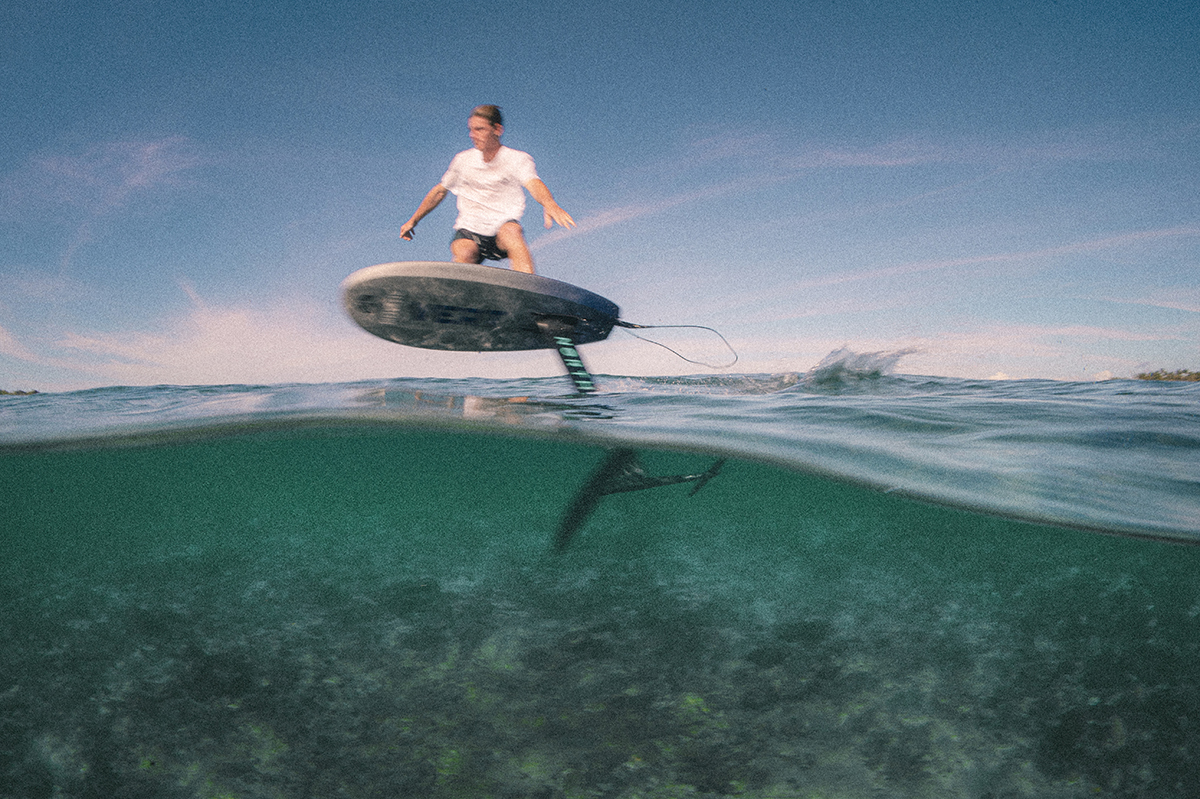
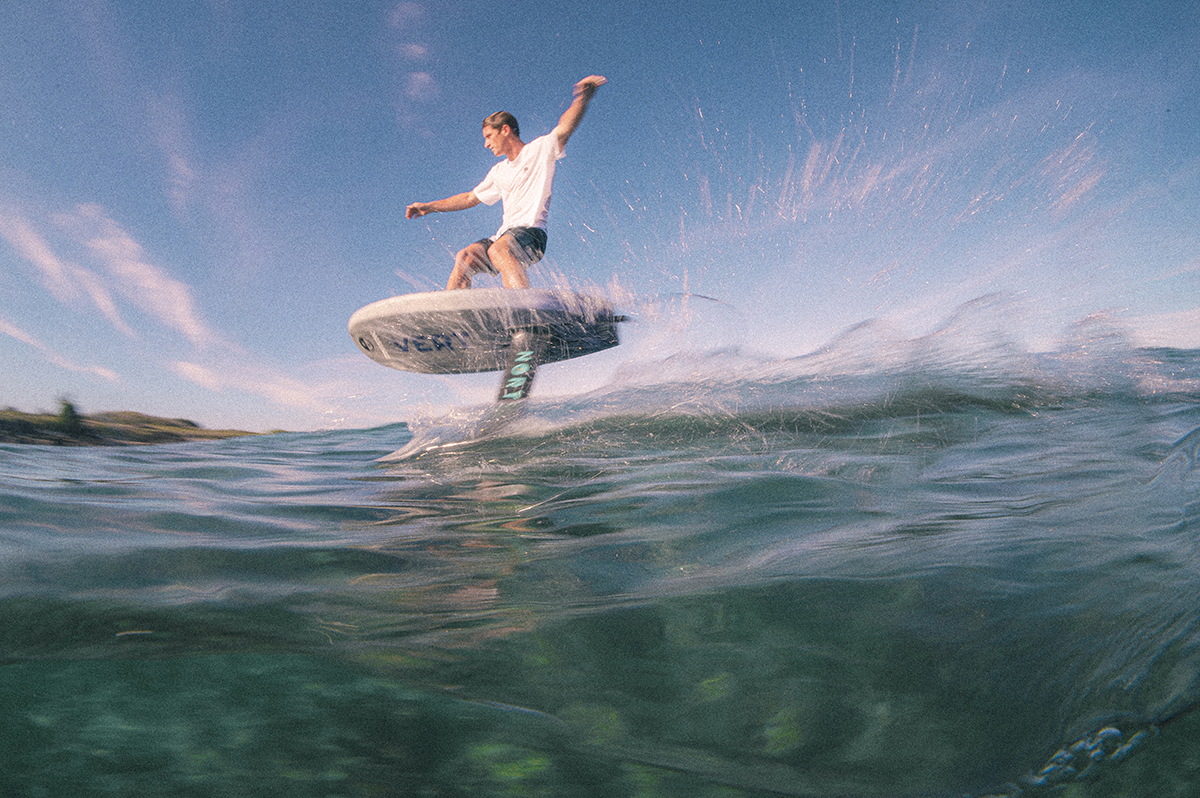
WAVE RIDING
Riding a wave on a foil isn’t just following it. It’s about reading it deeply, catching its subtle shifts, feeling every little variation. In surfing, staying close to the foam helps maintain speed. In foiling, it’s the opposite, you avoid turbulence. You seek the clean, untouched energy of the wave. The clearer the water, the more you feel. The seaweed, the salt, the micro-particles… everything becomes perceptible under your feet. Personally, I feel much more connected when I’m riding a swell, chasing a wave born far offshore, pumping from one peak to another. That freedom, that choice, that autonomous movement across the ocean, it’s a full-on communion with the elements.
SPEAKING THE SAME LANGUAGE
So no, foiling isn’t disconnected. Just because we’re not physically touching the water doesn’t mean we’re not feeling it. It’s actually the opposite. With a foil you're not just gliding on the water, you're gliding through it. You feel its energy, you respect it, you read it.
I’m not saying foiling is better than surfing… it’s just another way of loving the ocean. But I invite every surfer, every ocean lover, to try it at least once. Not to compare. Not to judge. Just to feel. To understand that foiling, far from separating us from nature, actually brings us closer to it with a new kind of intensity, and a different kind of language.
And maybe, who knows… with a bit more respect and a little less judgment, we might all end up speaking the same language – the language of the ocean.
